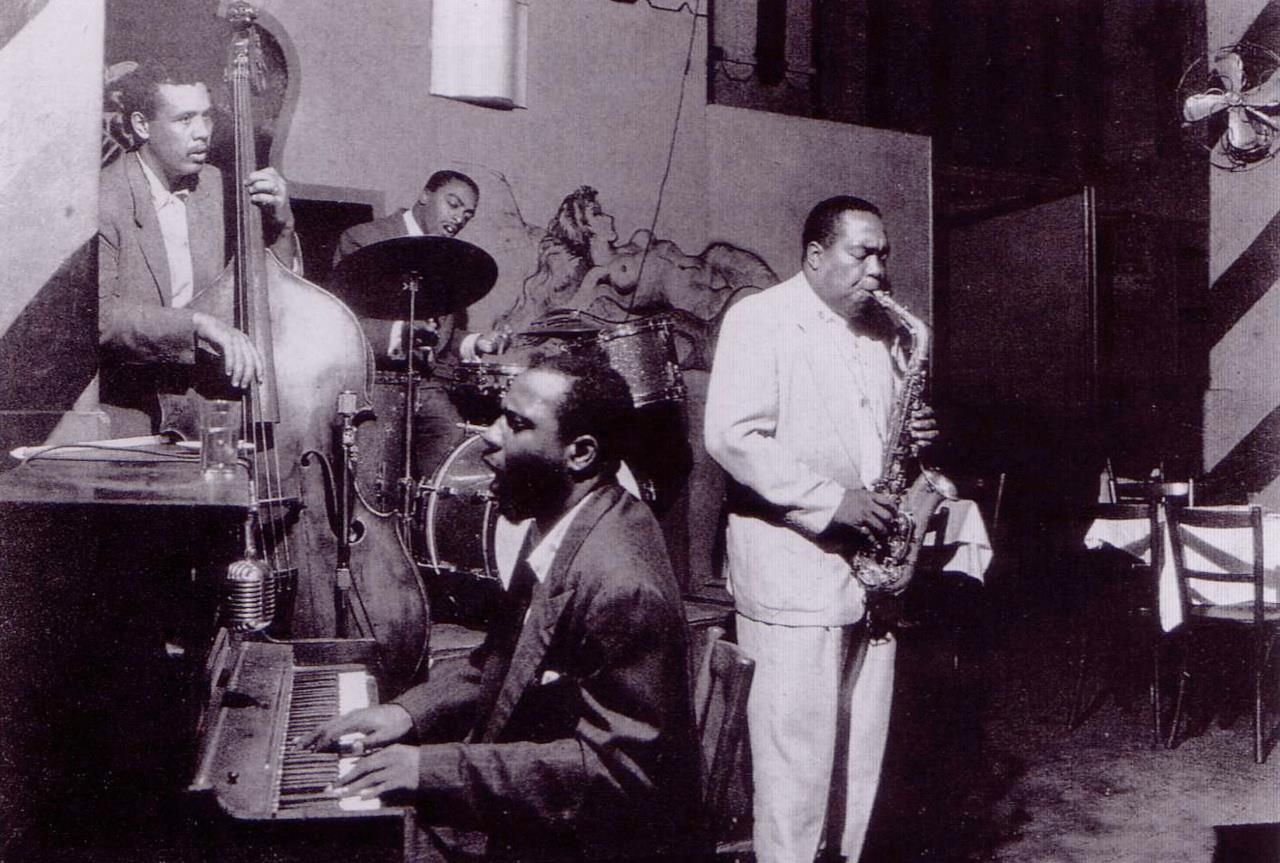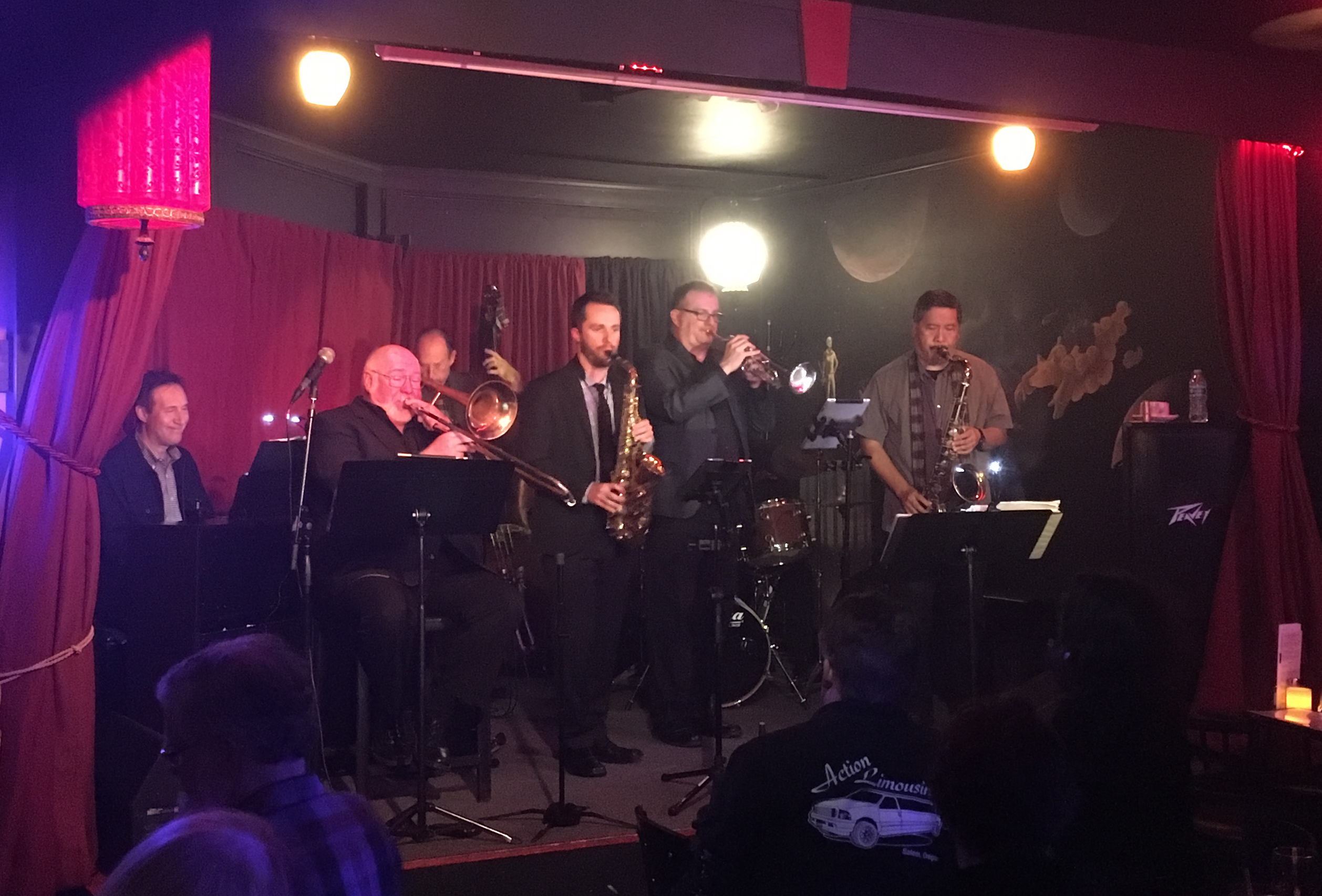From the “Good Artist ≠ Good Person” Department:
1907: Joyce, living on a negligible salary as a bank clerk and funds borrowed from his brother, with a young son and a pregnant wife, eluding creditors and moving from one shabby apartment to another, gives notice to his employer. On his last day of work,
he drew a month’s salary (250 lire) at the bank and went on a farewell spree—a drunken adieu to the Eternal City, which he had come to consider ‘vulgar’ and ‘whorish.’ When [he was] suitably drunk, two congenial bar-flies took him to a backstreet and relieved him of his bulging wallet. He returned home penniless and completely soaked from an evening downpour.
In 1922, Joyce and his friends celebrate the first printing of 1,000 copies of Ulysses, published by Sylvia Beach, owner of the Shakespeare & Co. bookshop. Joyce
presented copy no. 1,000 to Nora who immediately offered to sell it to Arthur Power who was present, a joke which Joyce pretended to find amusing. Although it was widely believed that Nora had never read Ulysses, according to Power it was evident that she had. She admitted to McAlmon that she had read the last pages of the book, adding, ‘I guess the man’s a genius, but what a dirty mind he has, surely!’ When McAlmon told her that it was her down-to-earth presence that had transformed her husband from ‘the word-prettifying bard’ and ‘martyred sensibility,’ Stephen Dedalus, she told him, ‘Go along with you! What they’ll be saying next is that if it hadn’t been for that ignoramus of a woman, what a man he would have been! But never you mind, I could tell them a thing or two about him after twenty years of putting up with him, and the devil take him when he’s off on one of his rampages!’
. . . When one young man approached him in a restaurant and asked, ‘Could I kiss the hand that wrote Ulysses?’ he replied, ‘Oh no, don’t do that; it did other things too.’
On the other hand, the family goes on holiday in Brittany in 1923:
. . . Touring the countryside with Lloyd Morris, the American critic, and his mother, they came across a field of druidic stones. When they stopped for lunch Joyce took Morris aside and said that if the womenfolk were to comment on the shape of the stones no mention should be made of their phallic significance. Such talk among ladies, Morris concluded, was taboo for Joyce.
. . . [Stuart] Gilbert decided that the problem with the Joyces was that they lived empty lives, forming only fleeting attachments to things and making few real friends. That was why Joyce filled his life with pointless campaigns . . . . He was, thought Gilbert, deeply cynical about human intentions, and other people’s troubles left him unmoved, except for those of close family members.
[1936] The sound of warplanes exercising over Paris was an intimation of the change which was slowly transforming European consciousness. On 19 July civil war erupted in Spain and the approaching Berlin Olympics would show to the world the assertive face of the dictatorial right. The young were engaged in war and words of war, and their literary interests were reflecting that change of mood and commitment. Joyce, on the other hand, felt he had more personal enemies with whom to contend, and talk of war simply did not interest him. . . .
[On a visit to Denmark with Nora] Everything centred around himself. ‘He was,’ wrote Vindling, ‘like a spoiled boy with his quiet, eternally permissive mother’ . . . .
[1938] In March he had received an appeal from Jewish acquaintances, to whose friendship and rich culture he owed so much, to help friends and fellow-Jews evade the clutches of the rampaging Nazis. Now, in June, at the prompting of Daniel Brody and through a friend at the French Foreign Office, he helped Hermann Broch, the Austrian novelist (and author of a book about Joyce) escape from Vienna to Paris. In May, Edmund Brauchbar and Gustav Zumsteg (whose mother owned Zurich’s Kronenhalle) asked him to assist friends and family members to escape to Ireland or England. In October, having sought the assistance of Benjamin Huebsch in New York, he helped the family of Paul Pèrles, son of a Viennese bookseller, who was Brauchbar’s cousin, get to America via London. The following year he would assist the son of Charlotte Sauermann, a soprano at the Zurich opera, to escape to the West. In all he helped some fifteen or sixteen Jews escape to safety. To Jacques Mercanton he said pityingly, ‘Those poor Jews!’ Here was a man finally awake and ready to help, faced with the barbarism that negated art and human kindness.
—Gordon Bowker, James Joyce: A Biography



 L to R:
L to R: